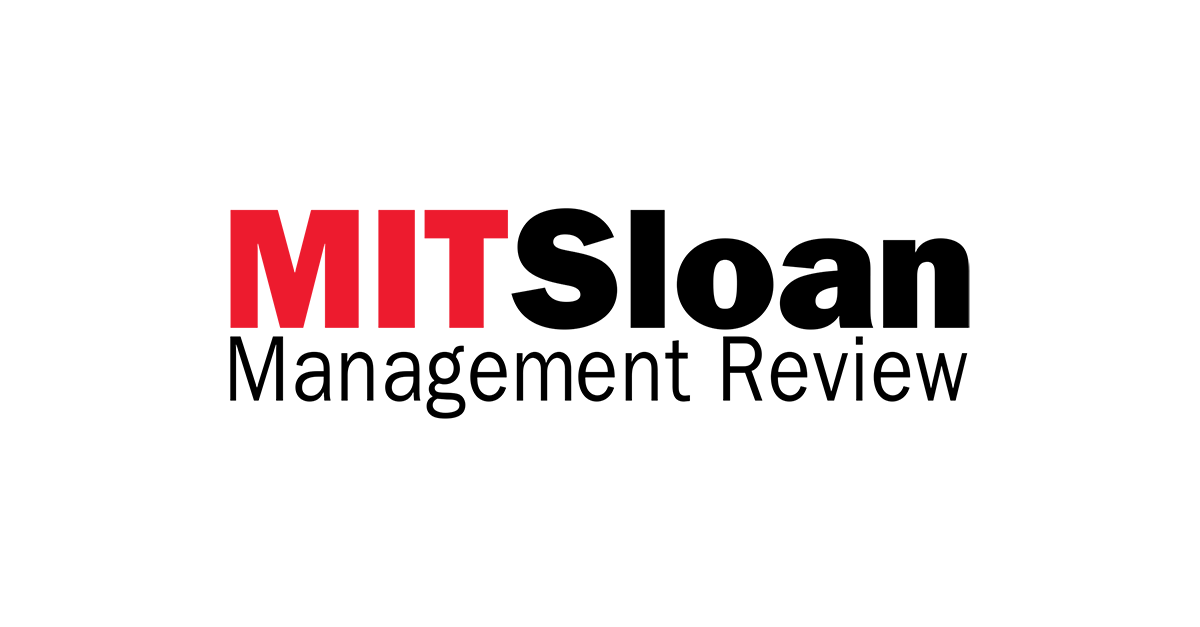Post-Covid Team Leadership
Navigating Hybrid vs Non-Hybrid Work Models
The Impactful Executive: Weekly Brief Article
Read time: 2 min
Post-Covid Team Leadership: Navigating Hybrid vs Non-Hybrid Work Models
A Shift in Leadership Tactics in the Post-Pandemic Digital Age
An MIT Sloan article considered the necessity of a multimodal approach to teamwork in the post-pandemic world. Hooijberg and Watkin observed, “We envision that the post-pandemic future of teamwork will be a purposeful hybrid combination of virtual coordination and in-person collaboration."
While the digital space has greatly advanced, human connection and face-to-face dialogue remain irreplaceable in certain capacities. Based on their nature, tasks can be divided into two modes of execution:
Virtual workspace execution: Routine, coordination-based tasks, e.g., reporting, administrative duties, and simple decision-making
Face-to-face execution: Intensive collaboration tasks, e.g., breakthrough innovations, the creation of a shared culture
Hooijberg and Watkins break down the team tasks into four pillars.
Collaboration - Beyond content coordination, this involves "building a shared understanding, relationships, and trust."
Innovation - Brainstorming and knowledge integration require trust and quality team time together.
Acculturation - Face-to-face interactions facilitate the development of mutual understanding, the reinforcement of norms, and the nurturing of a shared identity.
Dedication - A shared sense of purpose and community promotes professional growth opportunities.
The nature of leadership requires a shift from traditional to more multimodal leadership. Leaders should wear various hats, each tailor-made for specific situations.
The Conductor role - emphasizes virtual leadership skills like goal-setting, decision-making, and progress tracking.
The Catalyst role - demands in-person collaboration, driving outcomes, fostering creativity, and nurturing shared cultures.
The Coach role - engages in virtual or in-person one-on-ones, focusing on peak performance, well-being, and professional growth.
The Champion role - advocates externally, in person and virtually, for their teams to secure team resources, tap into essential information sources, communicate accomplishments, and build trust with peers and other key stakeholders.
"In the virtual world, we are often suspicious that peers are slacking off, and emotions can run high in a crisis."
Hooijberg and Watkins identify trust as a paramount priority. Leaders who excel are those who build and sustain trust. Ensuring consistent, personal check-ins builds trust and team spirit. Depending on the leadership role, a Conductor may foster trust by recognizing and sharing team achievements, while a Catalyst might create a safe environment conducive to innovation and creativity.
Leadership is not just about leading others but also recognizing the need to support oneself and develop emotional intelligence, humility, and facilitation skills.
As the work world steadily shifts to this hybrid model, the future belongs to leaders who can navigate the complex maze of post-pandemic team dynamics.
So What:
How can you put rhythms in place to maximize the value of virtual versus in-office engagement, and re-balance these as business needs shift?
Source:
Hooijberg, R. & Watkins, M., (2021, February 09). The Future of Team Leadership Is Multimodal. [Web article]. MIT Sloan Management Review. (Link)




